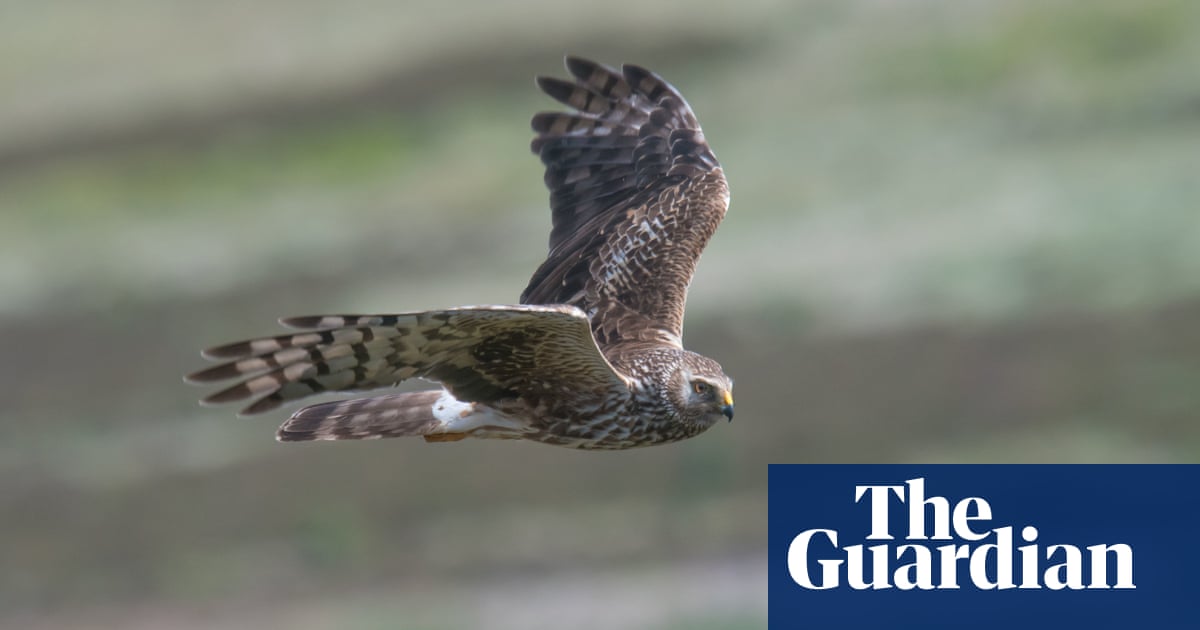
The government has U-turned on guidance to shooters that reclassified pheasants as livestock, meaning that wild birds such as crows could be shot to protect them in certain circumstances, after a furious reaction from the public.
The Department for Environment, Food and Rural Affairs changed the definition of livestock in its general shooting licences earlier this year. Under the new definition, game birds such as pheasants were considered livestock if given food, water or shelter by a keeper for their survival.
That meant that wild birds including carrion crows, jackdaws, rooks and magpies could be shot to protect them. General licences give broad permissions to shoot certain species of wild birds to protect livestock, help conservation and preserve public health and safety.
As George Monbiot pointed out on Twitter, however, it also meant that pheasants were “livestock” while they were being fed, but then classified legally as “wildlife” when they were being shot:
The campaign group Wild Justice threatened legal action against Defra, arguing that its move went further than the definition of livestock in the Wildlife and Countryside Act.
The licence stated: “‘Livestock’ is as defined in section 27(1) of the 1981 Act. For the purpose of this licence, this expression also includes gamebirds kept in an enclosure or which are free roaming but remain significantly dependent on the provision of food, water or shelter by a keeper for their survival. This does not include supplementary feeding.”
But section 27(1) of the Wildlife and Countryside Act 1981 defines livestock as any animal that is kept:
(a) for the provision of food, wool, skins or fur;
(b) for the purpose of its use in the carrying on of any agricultural activity; or
(c) for the provision or improvement of shooting or fishing.
Wild Justice argued that the new definition of livestock extended the previous one, and meant that birds released into the wild by shooting estates could be under the same definition as long as there was some food, water or shelter left out for them.
The group was particularly concerned that the licence went beyond the definition of livestock in the WCA 1981 to now include gamebirds “kept in an enclosure or which are free roaming but remain significantly dependent on the provision of food, water or shelter by a keeper for their survival”.
The WCA definition by contrast only includes gamebirds kept “for the provision or improvement of shooting”. On that definition, Wild Justice argued, once a pheasant is let out of the release pens ready for the shooting season, it is no longer kept for the provision of shooting and so its protection cannot be a lawful reason to kill or take carrion crows, jackdaws, magpies or rooks.
Defra agreed to revise the definition, telling Wild Justice’s lawyers: “The secretary of state does not consider pheasants to be livestock within the meaning of the WCA 81 once they cease to be kept”.
Officials confirmed that only shelter provided by a gamekeeper “by or within the release pen” is a factor in assessing whether a pheasant is kept or wild. Any shelter that is provided further away does not bring a pheasant back into a gamekeeper’s keeping.
Wild Justice said: “It seems that someone in Defra yielded to pressure from the shooting community to expand the definition of gamebirds as livestock. Wild Justice pointed out to the secretary of state, George Eustice, that he doesn’t have that power and his department has overstepped the mark. We won.
“Defra has usefully stressed the need, which has always existed, for non-lethal means to be tried before lethal ones. Will this limit the number of birds killed to ‘protect’ gamebirds? It might, and if there were any sensible monitoring it would, but in practice probably not as too many shooting interests routinely break wildlife laws in any case.”
Defra has been contacted for comment.












